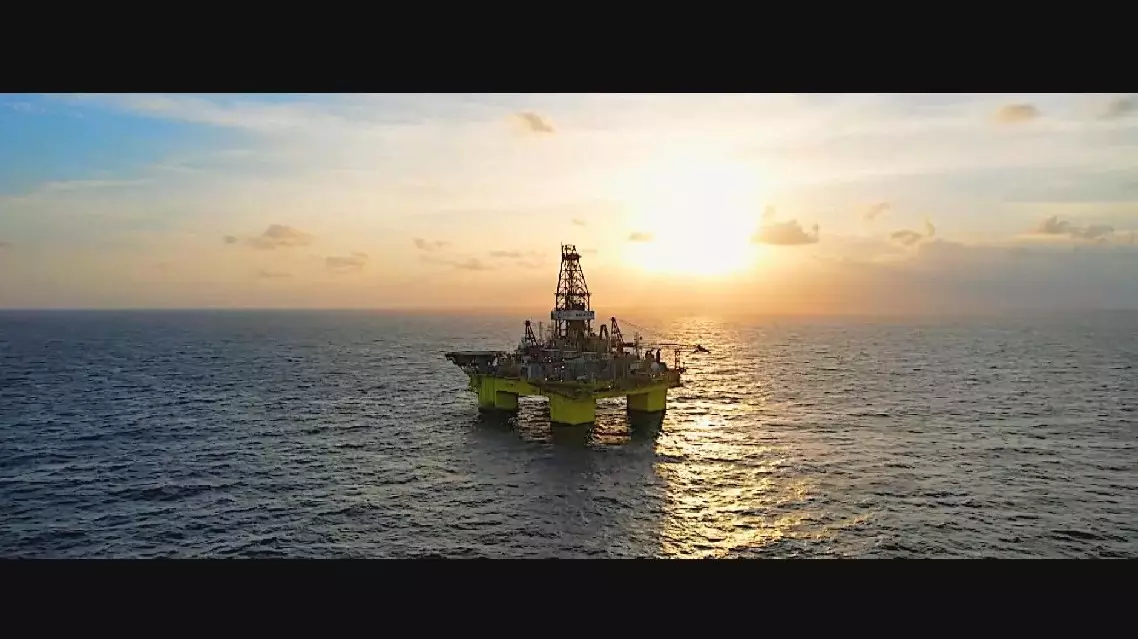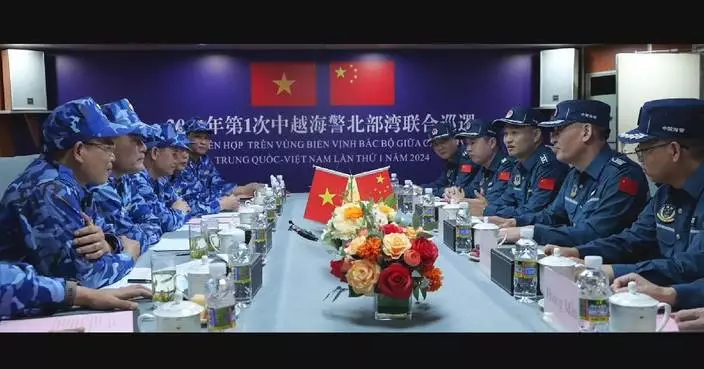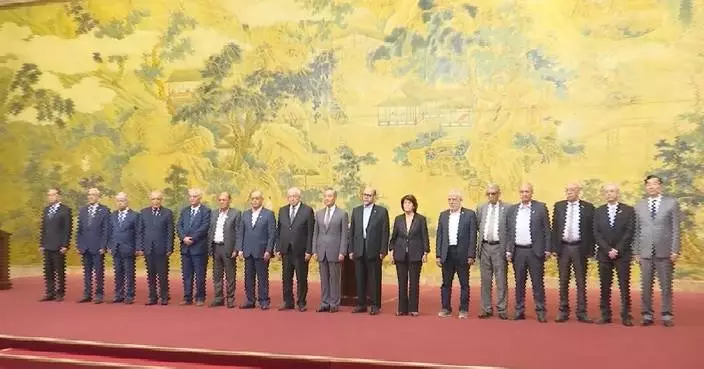An 18-meter-high flower basket was placed at the center of the Tian'anmen Square on Sunday as an auspicious decoration for the upcoming National Day.
The giant basket holds artificial colorful flowers and vegetables such as pumpkins, pomegranates, calabashes, and moutan peonies, as well as Chinese roses. The splendid installation symbolizes good wishes for prosperity.
Flower belt will be placed around the bottom of the giant installation before Wednesday, when the complete floral display will make its official debut to the public.
Currently, flows of tourists have been drawn to the square to take photo with the flower basket.
Similar decoration has been a traditional attraction on the Tian'anmen Square around the National Day with the first one appeared in 2011.
China's National Day falls on Oct 1 and its National Day holiday lasts seven days from Oct 1 to 7, a period when the Tian'anmen Square typically sees a large number of tourists from across the country come to celebrate the birthday of their motherland.

18-meter "flower basket" placed at Tian'anmen Square for upcoming National Day
Experts have called for cooperation between China and the Philippines in energy exploration, saying sharing resources in South China Sea will maintain peace and stability while driving economic prosperity, according to a documentary by China Global Television Network (CGTN).
The South China Sea, often called the "Second Persian Gulf," is rich in oil and gas resources. It plays a crucial role in China's energy security. Its largely untapped reserves are also key to fueling growing economies in the region.
China has achieved breakthroughs in drilling technology, both in the South China Sea and beyond. The guiding principle for exploration is "Shelving disputes and seeking common development." China-ASEAN energy projects include ventures in infrastructure, clean energy, and oil and gas exploration.
One of the earliest and most notable examples came in 2005. Oil companies from China, the Philippines, and Vietnam signed an agreement for a joint marine seismic undertaking, to study the potential oil reserves in the South China Sea. Beijing and Manila discussed the possibility of a joint exploration program at Liyue Tan, or Reed Bank, an area rich in energy deposits.
In 2018, China and the Philippines signed the Memorandum of Understanding on Cooperation on Oil and Gas Development. They also established an inter-governmental Joint Steering Committee.
"This is clear evidence that China is willing to engage in sharing of these prospects from the South China Sea and in Asia. But this was sabotaged by, again, American-leading politicians in the Philippine Senate saying it's illegal and so on," said Herman Tiu Laurel, president of Asian Century Philippines Strategic Studies Institute.
The Philippines asserts that the joint project area lies within its undisputed exclusive economic zone, and that its Constitution prohibits any joint exploration, while China maintains that its claims are based on historical rights in the South China Sea. The constitutional challenges, coupled with the 2016 arbitration ruling, have blocked the negotiations.
"The essence is that the Philippines tried to legalize its illegal occupation of these islands and reefs, while completely denying China's rights and claims. They want the arbitration award to be enforced. What would be the result of enforcing that award? Is it feasible for China to withdraw from the South China Sea?" said Wu Shicun, chairman of Huayang Research Center for Maritime Cooperation and Ocean Governance.
"I don't think any of the claimant states can give up their claims. So those claims should be set aside," said George Yeo, a visiting scholar at the Lee Kuan Yew School of Public Policy at the National University of Singapore.
"The energy crisis for the Philippines might come soon. There's really pressure on the government to develop new sources at the soonest possible time," said Lucio Blanco Pitlo III, research fellow at the Asia Pacific Pathways to Progress Foundation.
The Philippines faces a growing energy shortage. The Malampaya natural gas fields, which currently supply some 40 percent of Luzon Island's energy needs, are expected to be depleted by 2027. Liyue Tan's oilfield is viewed as the best replacement for Malampaya. The urgency to explore there is something no one can deny.
"But, we would not be able to extract these resources because of, one, we do not have our own indigenous capacity, and two, we cannot invite the foreign players to come because of the political risk," Pitlo emphasized.
Some experts say the Philippines' best solution for energy security is a joint exploration with China. Its pressing energy demands may ultimately drive it back to the negotiating table.
"I think the decision to enter into a joint development in the West Philippine Sea is ultimately a political act. Given all of these legal hurdles, it would stack the odds against a leadership to pursue joint development. But there can still be legal solutions to go around, if there is a resolve," said Pitlo.
"If the oil and gas exploration deal had been signed and agreed upon, that's already resources and money for the Philippines' much-needed fuel and gas and oil," Laurel said.
Achieving common development amid significant differences is a tough challenge for China's vision in the South China Sea. And for the Philippines, the challenge is to navigate its legal obstacles to energy security.

Experts urge China-Philippines energy exploration cooperation for common development










